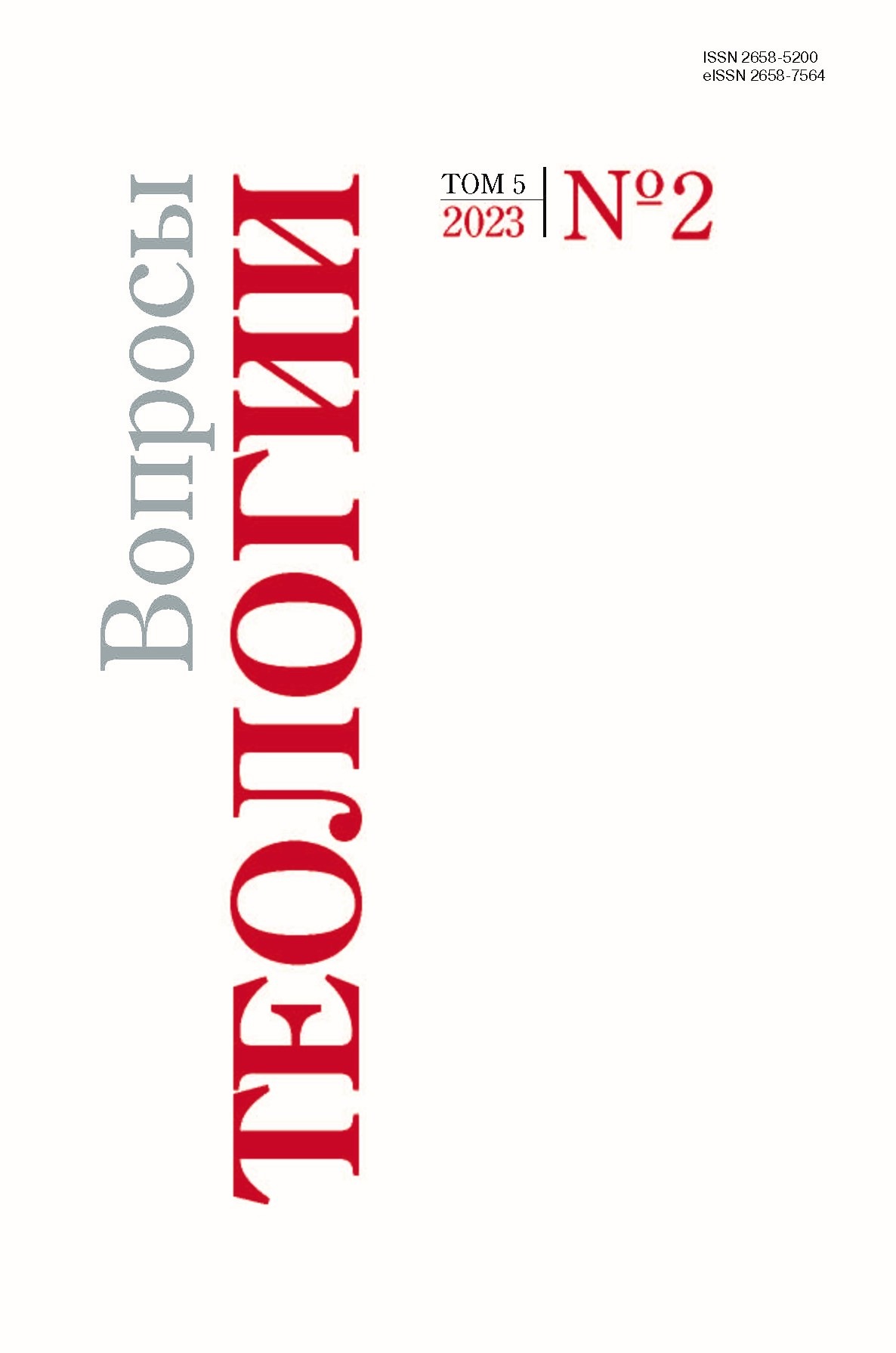Заметки о третьей главе Книги Иова
DOI:
https://doi.org/10.21638/spbu28.2023.201Аннотация
Книга Иова представляет собой драму, в которой задается вечный вопрос: если Бог справедлив, почему невинные страдают? Текст книги начинается двумя главами в прозе, в которых Бог обращает внимание Сатаны на праведника Иова и дьявол держит пари, что если Иов сильно пострадает, то потеряет веру. Господь позволяет Сатане причинить Иову беду, но не убить его. Читатель знает об этом, а сам герой остается в неведении. Последующие главы, начиная с третьей, написаны стихами: представляются речи действующих лиц в форме «Ответил Х и сказал», как будто перед нами лежит рукопись классической афинской трагедии. В третьей главе выступает Иов со своей жалобой, на которую реагируют три его друга, своим высокомерным отсутствием сочувствия напоминающие, в свою очередь, хор в греческом театре. Лексика текста пестрит заимствованиями с арамейского и арабского языков и словами, встречающимися только здесь. Редакторы вносили поправки, но дословное чтение жалобы Иова без изменений древнееврейского текста дает интересные результаты. Оказывается, что автор, вероятно, верил в силу сверхъестественных существ, олицетворяющих отдельные дни и времена года и определяющих судьбу человека, к лучшему или к худшему, в этих временных промежутках. Соответственно, полагалось, что Левиафан, спящий великан морей, должен проснуться и взойти на поверхность океана в предрешенный день Апокалипсиса, и тому способствуют мрачные заклятия астрологов и языческих жрецов. Согласно этому же представлению о судьбе, автор книги, если мы читаем его правильно, также заявляет, что еще не воздвигшиеся здания обречены стать руинами. В книге имеются сатирические черты, особенно в отношении к Псалтири. При изложении аргументов привлечены цитаты из литературы Эллады и зороастрийского Ирана: Гераклита Эфесского и среднеперсидской книги Бытия (Бундахишн).
Ключевые слова:
Иов, судьба, Псалтирь, театр, сатира, Левиафан, руины, Гераклит Эфесский, Бундахишн
Скачивания
Библиографические ссылки
References
Загрузки
Опубликован
Выпуск
Раздел
Лицензия
Статьи журнала «Вопросы теологии» находятся в открытом доступе и распространяются в соответствии с условиями Лицензионного Договора с Санкт-Петербургским государственным университетом, который бесплатно предоставляет авторам неограниченное распространение и самостоятельное архивирование.




